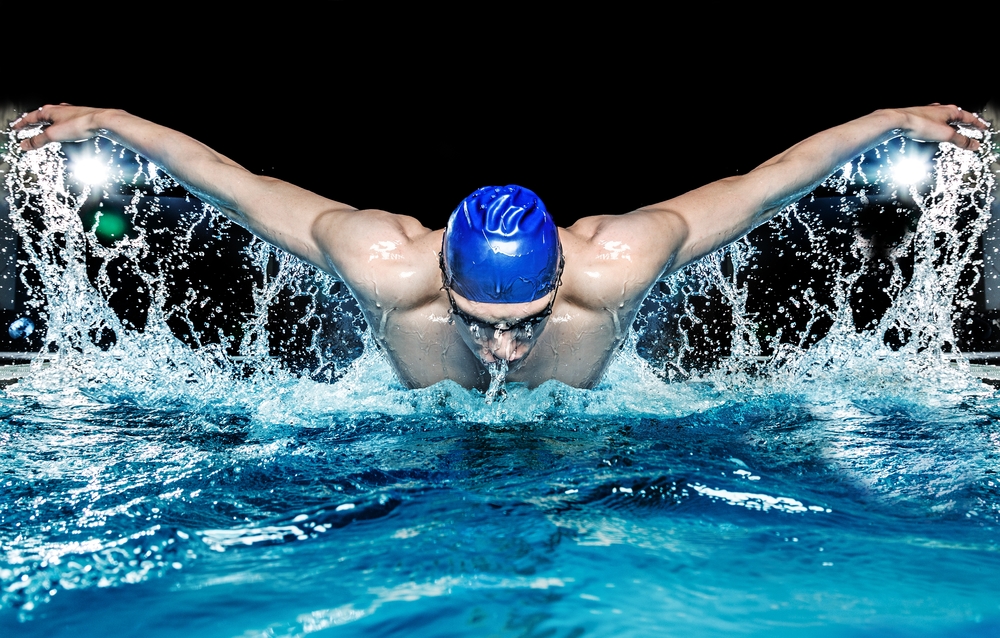Red Light Therapy is Used By the Pros
In 2020, Titan’s running back Derrick Henry broke records when he ran over three hundred rushing yards in two games. That level of performance can be punishing for a body. It’s no surprise then that he would use cutting-edge recovery tools.
One such ace in his sleeve is red light therapy or RLT. If you’ve never heard of red light therapy before, your mind might conjure up something out of a science fiction novel.
However, rest assured, it’s all science.
High-intensity athletes the world over rely on RLT’s rejuvenating properties. So, if you often find your performance suffering because of recovery, red light therapy may be the solution. Keep reading to learn more about red light therapy benefits for athletes.
What is Red Light Therapy?
Red light therapy falls under the umbrella of photobiomodulation or PDM. You may be able to guess what this word means by looking at its components. The definition of “photo” is light, “bio” means life, and “modulation” is to regulate.
So photobiomodulation means to “regulate life” with “light.” In fact, that’s a great representation for what RLT does.
How Does it Work?
Studies suggest that mitochondria activity is energized when infrared or red light photons are directed to muscle tissues. The mitochondria then produce more of the vital adenosine triphosphate, better known as ATP. ATP provides the fuel we need on a cellular level to do everything from transport to using muscles.
While some light on the spectrum is harmful, such as ultraviolet (UV) rays, red light encourages cell repair and has no side effects.
How Red Light Therapy Benefits Athletes
Sports injuries can be accumulative with improper healing and recovery. So athletes know inflammation like nobody else. Luckily, red light therapy inhibits inflammation because it stimulates tissue repair.
As a result, red light therapy recovery is shorter than for someone who follows the traditional advice of ice and rest.
Where’s the Science?
A 2016 study showed that athletes using red light therapy enjoyed being recovered in half as long as their peers. The study featured the usual suspects of sports injuries such as sprains, ligament damage, and contusions. By the end of the experiment, the RLT recipients had an average recovery time of 9.6 days, compared to the control groups with 19.23 days.
Since then, studies suggest that red light therapy, when applied both pre and post athletics, leads to more muscle mass and less inflammation, injury, and recovery time.

